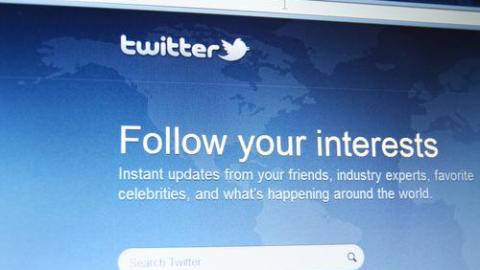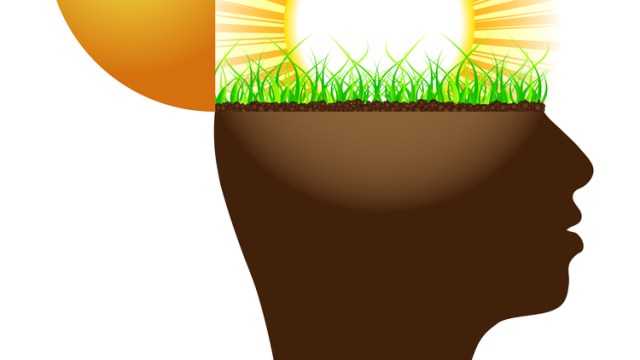How Twitter May Save Democratic Society

What’s the Latest Development?
The stubbornness of the Assad regime in Syria seems a sharp contrast to last year’s Arab Spring, when tens of thousands took to public squares in Cairo. At that time, Twitter mobilized crowds that no community organizing could, says BBC correspondent Paul Mason, who witnessed much of the uprising. Using Twitter to create flashmobs, by assigning a few people to many different points in the city to draw out (mostly illiterate) crowds, proved very effective. The quickness and multimedia functions of Twitter also fought back against state propaganda.
What’s the Big Idea?
Could social networking technology once again inspire a democratic uprising? Yes, says Mason, because ideology and physical space are being shaped by how young generations relate to modern technology. A crucial characteristic of social media is that it lacks the hierarchy present in our governmental institutions. Mason considers the protests camps of New York, and elsewhere, a physical expression of online space where no hierarchy exists and conversation flows uninhibited. This generation truly believes in the dissemination of power, he says.
Photo credit: shutterstock.com





